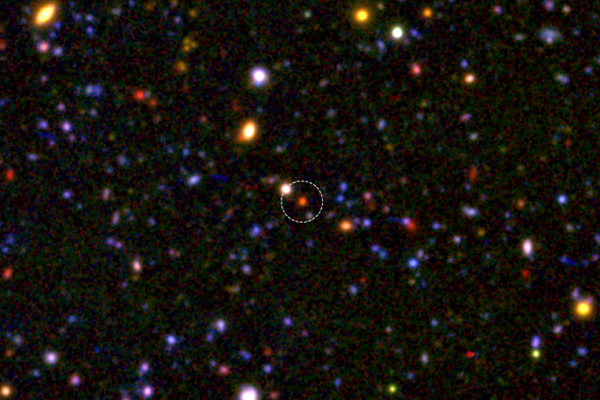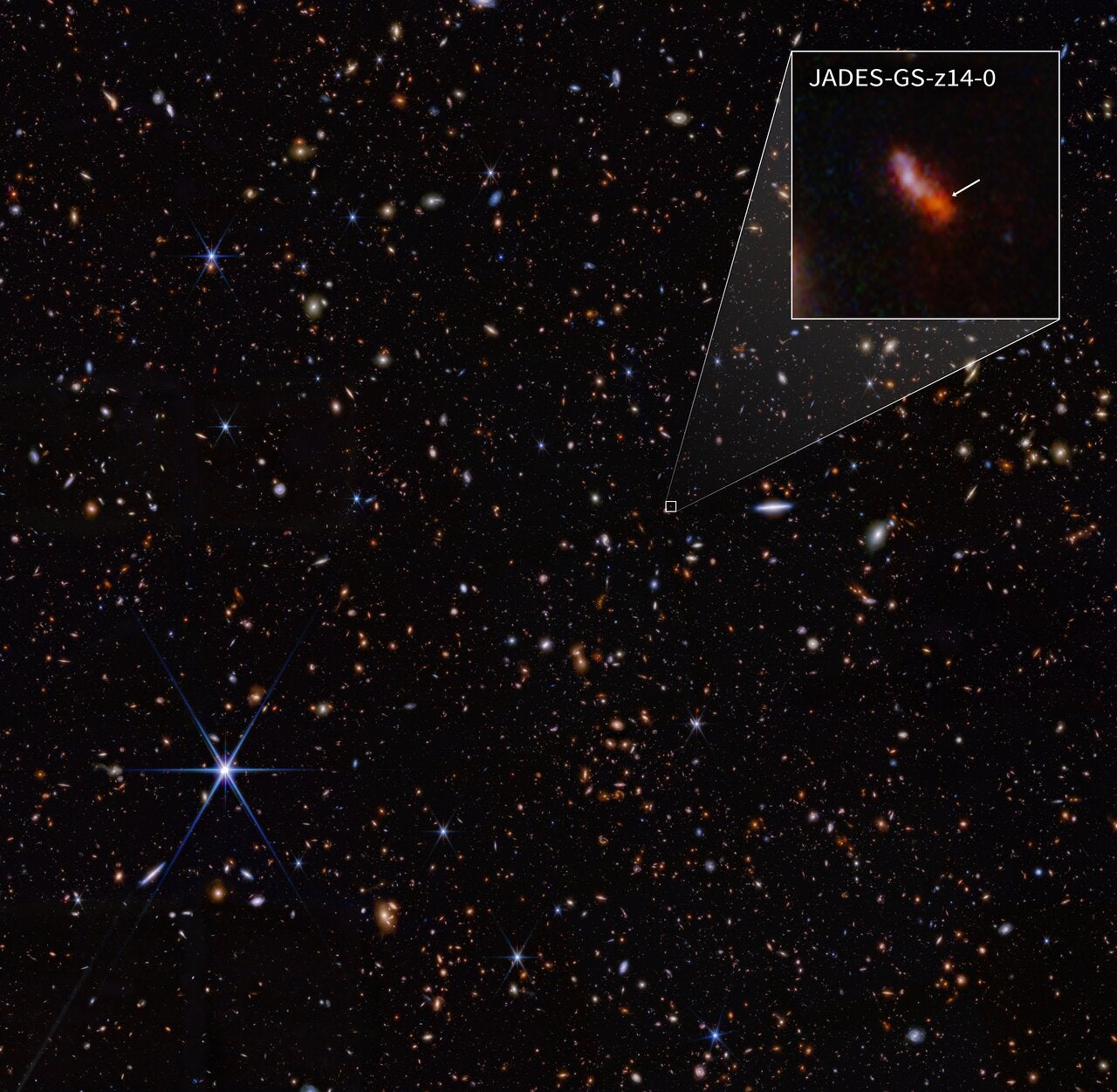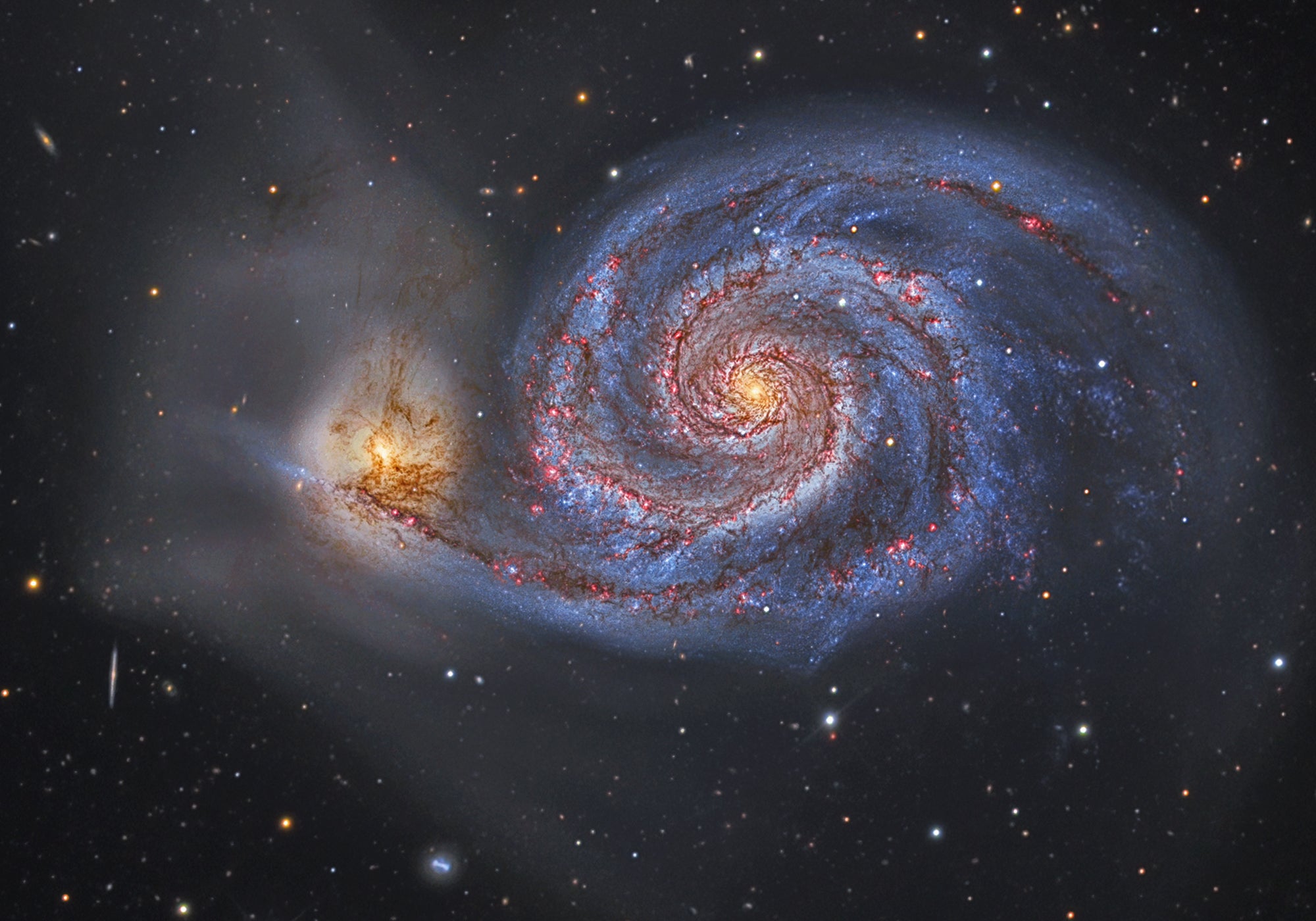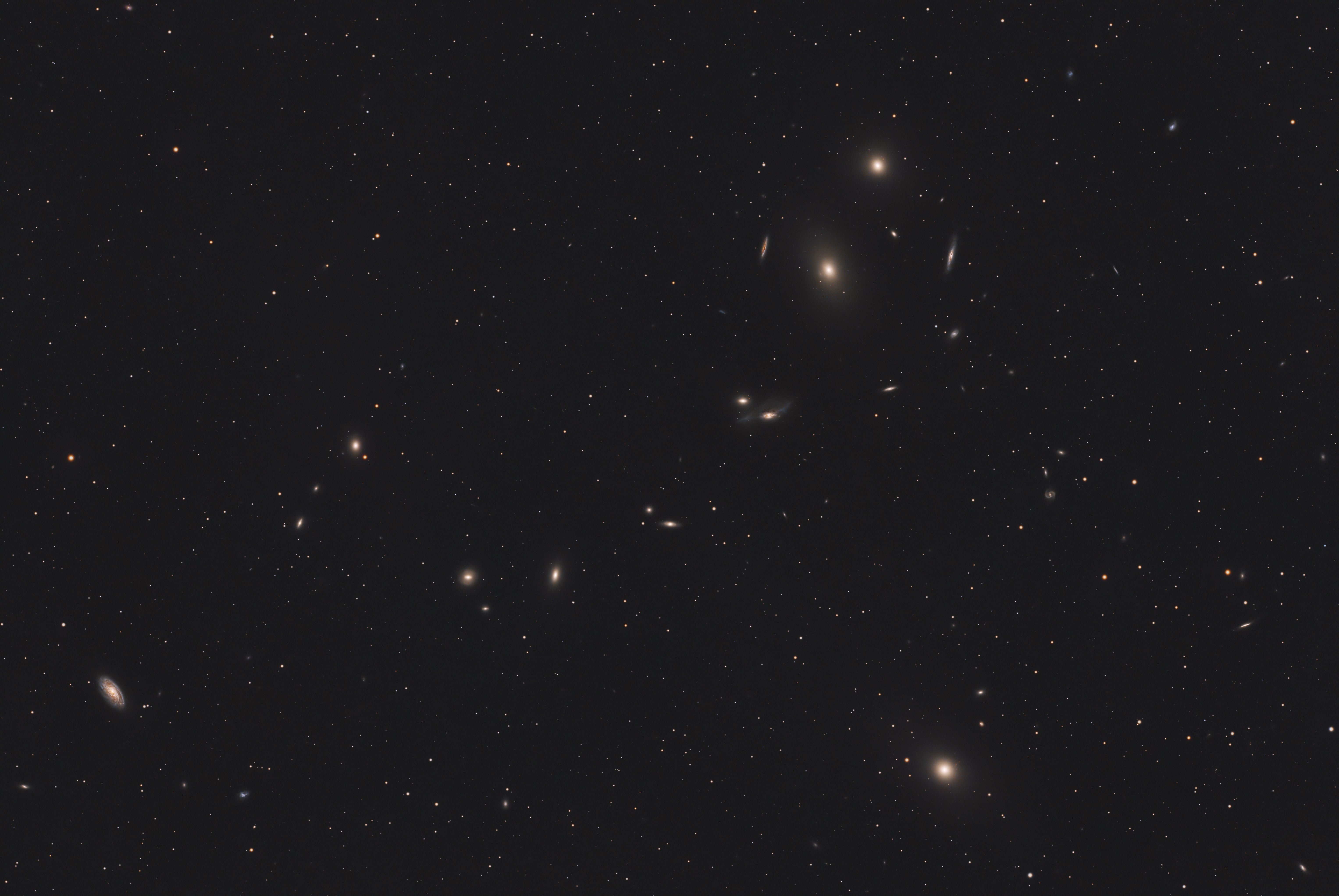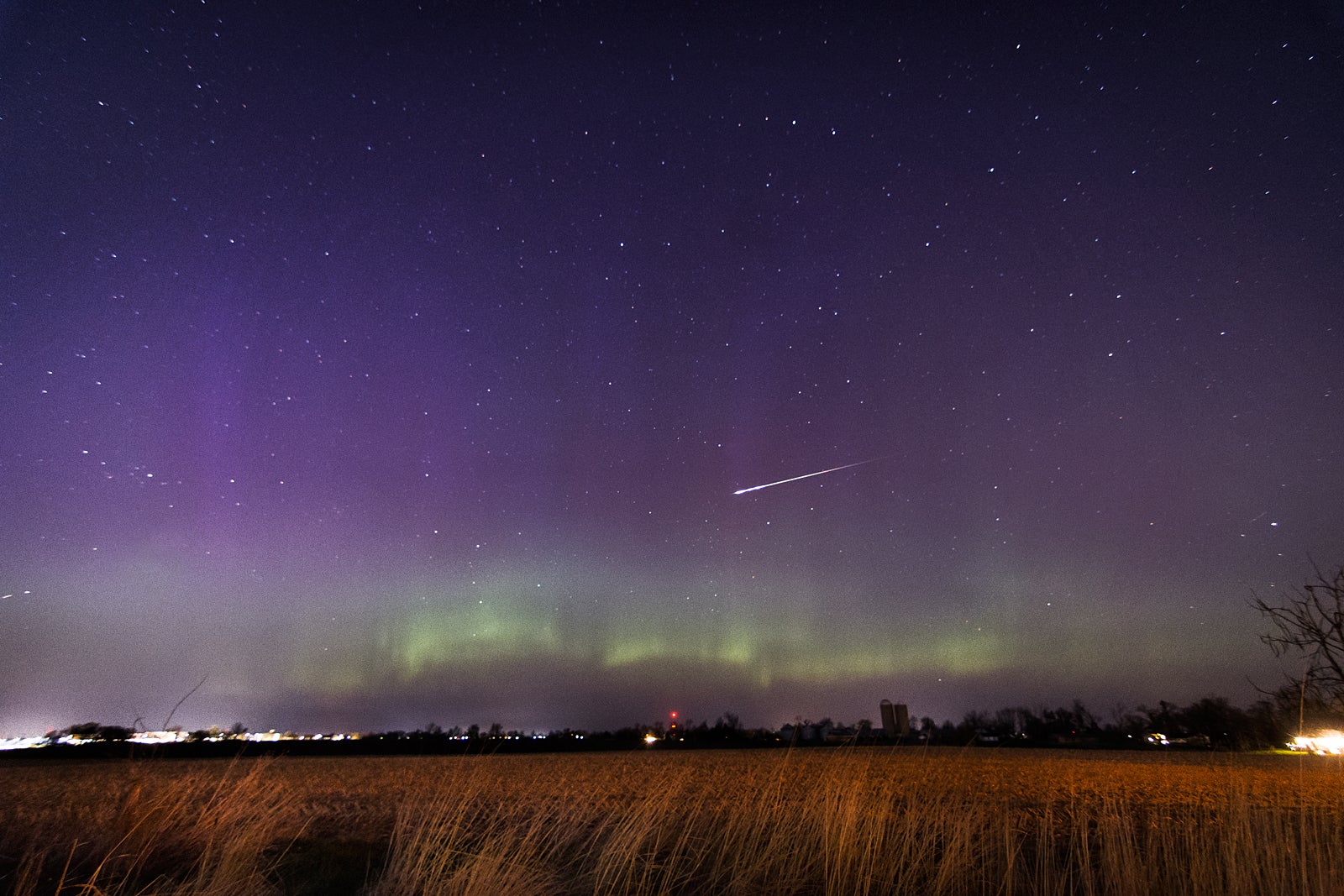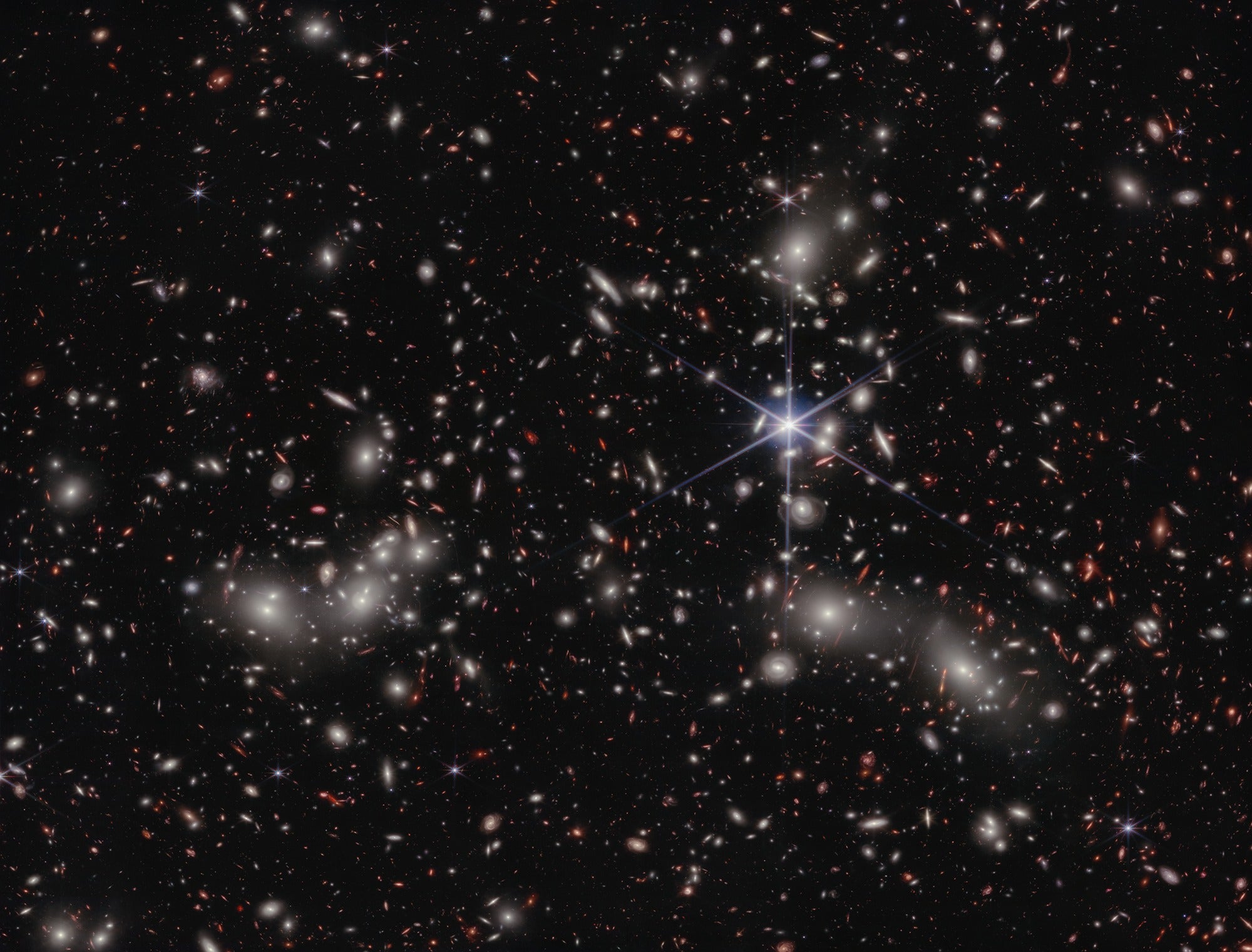Stopping Star Formation
Astronomers have noticed that most massive galaxies in the nearby universe today aren’t forming many stars.
“When these galaxies stop forming stars is one of the outstanding issues in the field of galaxy formation and evolution,” Tanaka said via email.
Tanaka and his team were looking for distant, massive galaxies that had stopped forming stars when they noticed this particular one from just 1.5 billion years after the Big Bang.
Growing in Phases
The finding also adds to astronomers’ picture of how massive galaxies grow and change with time.
When astronomers peer deep into space, seeing galaxies as they looked billions of years ago, they find that massive galaxies tend to be dense and compact. But massive galaxies near us today also have sprawling edges, making them much larger.
This makes astronomers think that these giant objects must grow in two phases. First, they birth lots of stars in their centers, forming dense cores. Then, they accumulate more stars around the edges when they merge with other galaxies.
Finding this distant galaxy with a fully formed core implies that the first step of this two-phase galaxy growth picture could have been completed as early as just 1.5 billion years after the Big Bang.

